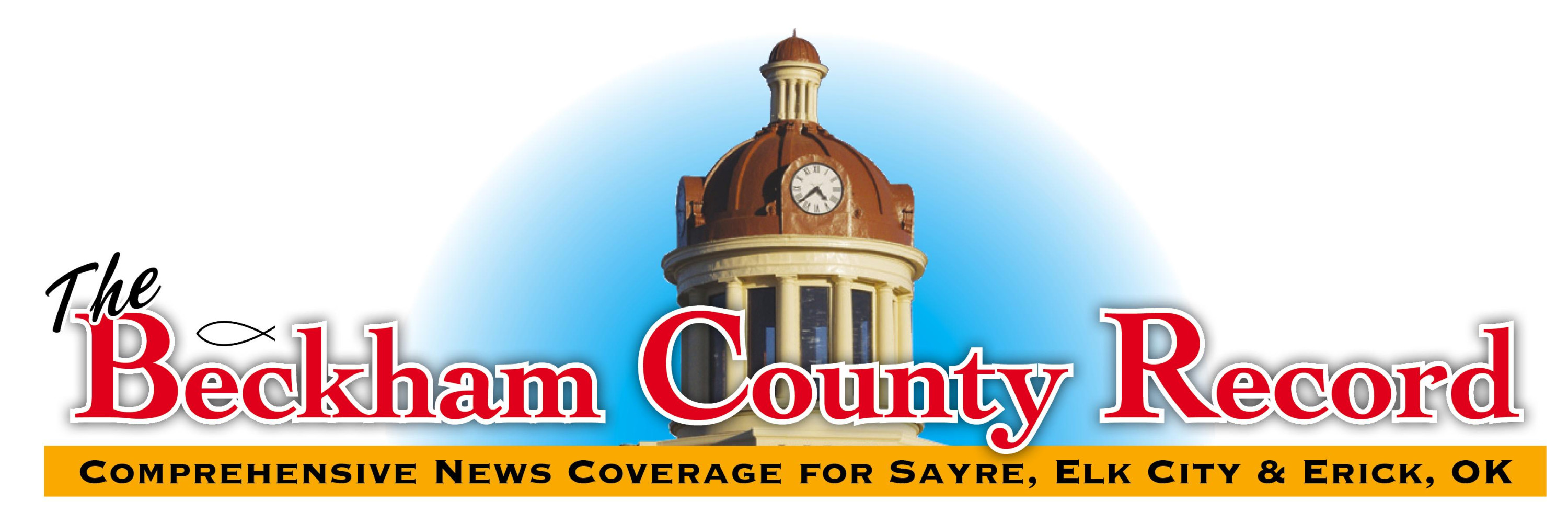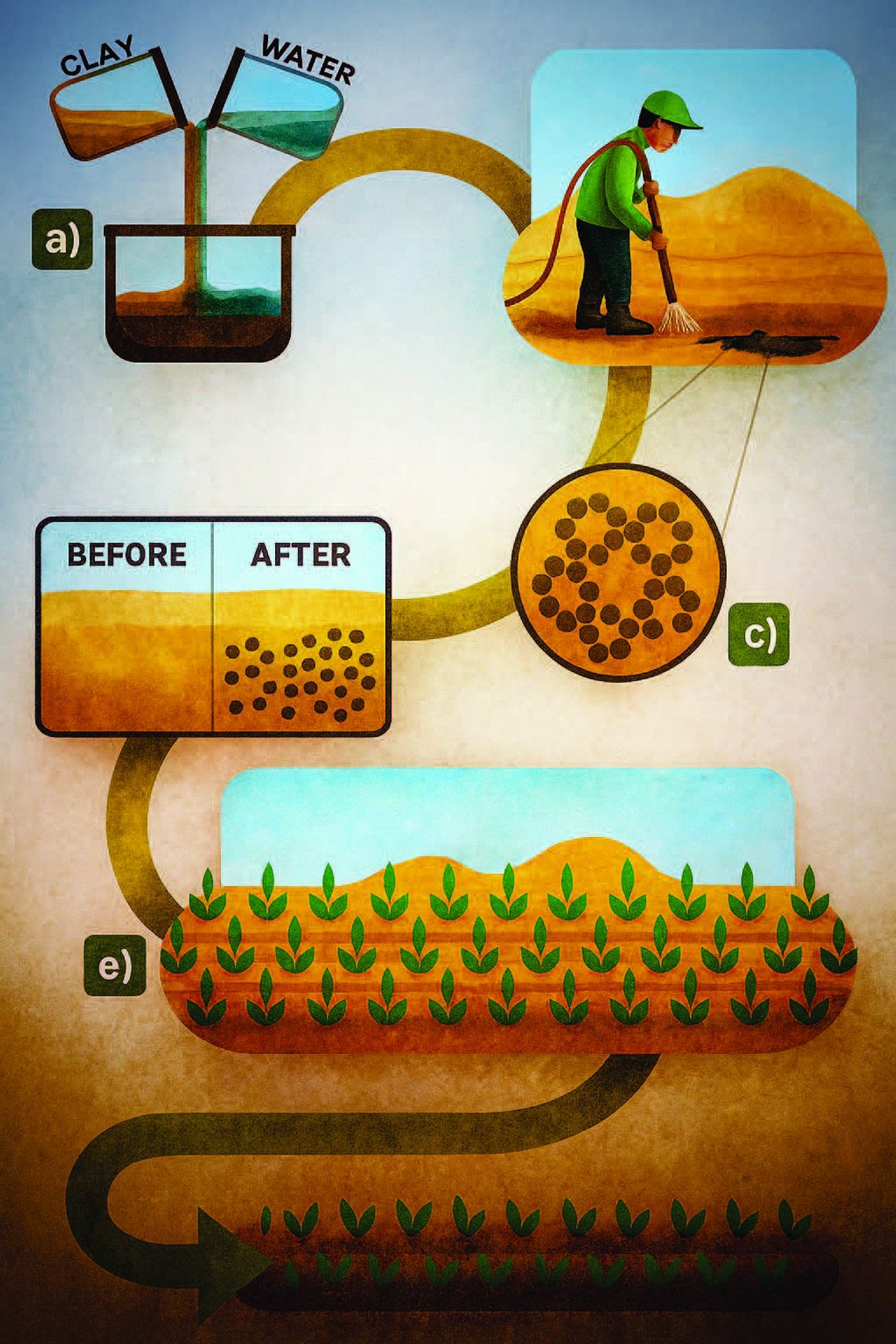Out here on the western side of Oklahoma, farming is always a fight against the land. Sandy soils drain too fast, summer winds steal away the top layer, and irrigation water vanishes quicker than most crops can use it. That’s why a new technology called liquid nanoclay is raising eyebrows — and questions — across the farming world.
Liquid nanoclay, often shortened to LNC, was developed by a Norwegian company called Desert Control. The process is simple in theory: clay is broken down into flakes thousands of times smaller than a grain of sand, then mixed with water. When that slurry is sprayed onto sandy ground, the flakes coat individual sand grains. Suddenly, soil that once let water run right through behaves more like a sponge, hanging onto moisture and nutrients longer.
PROVEN ELSEWHERE
The idea isn’t just theory. Field trials are underway in some of the harshest growing regions in the world. In the United Arab Emirates, nanoclay has been credited with reducing irrigation needs by as much as 50 to 65 percent. Farmers there report being able to grow vegetables in ground that was once bare desert.
Closer to home, researchers at the University of Arizona have been running a five-year trial on sandy soils near Yuma. Their mid-term report found crops like cotton, celery, and lettuce grew 20 to 50 percent better with less water on nanoclay- treated plots. Some cotton fields showed a 32 percent yield increase, while celery harvests were boosted by more than half compared to untreated ground.
THE PRICE TAG
Of course, there’s a catch. Current costs for nanoclay treatment run anywhere from $700 to $3,800 per acre, depending on scale and location. Desert Control says one treatment can last up to five years, but that still makes the math tough for producers raising lower-value crops like wheat, sorghum, or forage grasses. The economics may look better for high-value specialty crops, orchards, or irrigated vegetable farms.
STILL UNPROVEN FOR OKLAHOMA Here in western Oklahoma, no official trials have been run yet. That means important questions remain. Can nanoclay handle our freeze-thaw cycles? How does it perform under the heavy spring rains followed by weeks of drought that define our climate? Will sandy soils around Sayre, Erick, and Mangum respond the same way as desert ground in Yuma or Abu Dhabi?
Local extension specialists are aware of the technology, but for now, it remains untested on the crops that matter most to Beckham and Roger Mills counties. Until then, nanoclay is more of a conversation starter than a tool in the barn.
WHY FARMERS ARE WATCHING Even with the unknowns, it’s easy to see why producers are paying attention. If nanoclay really could cut irrigation use in half, it would mean big savings for those pulling from the Ogallala Aquifer. If it could keep fertilizer from leaching away, it could stretch input dollars further. And if it could help soil resist erosion, it might keep more land in production for the next generation.
For now, nanoclay sits in the “what if” column. But as the pressures of drought, high input costs, and shrinking water supplies keep mounting, don’t be surprised if western Oklahoma farmers push for a test plot of their own. Out here, any tool that helps the land give back a little more is worth a hard look.




